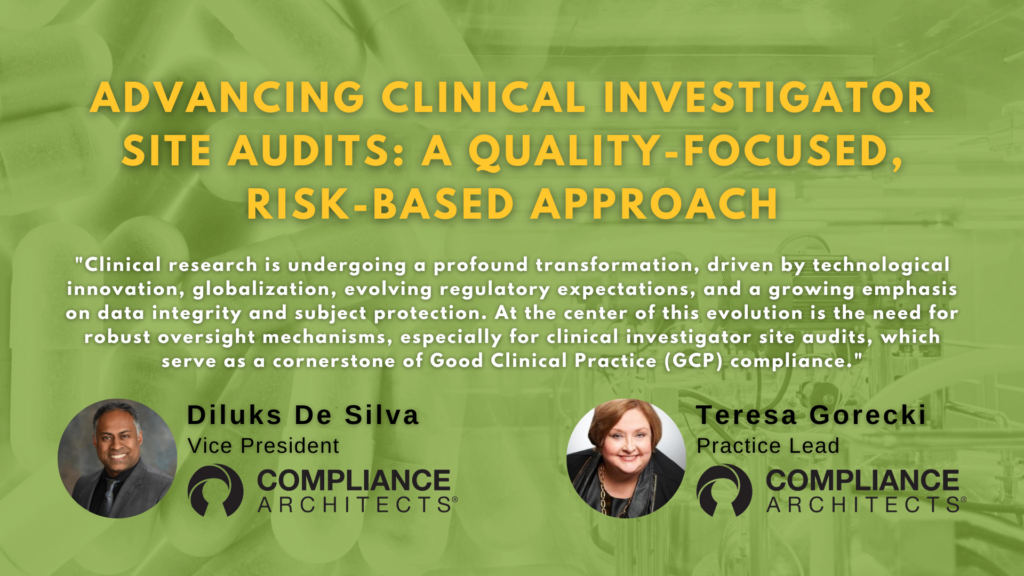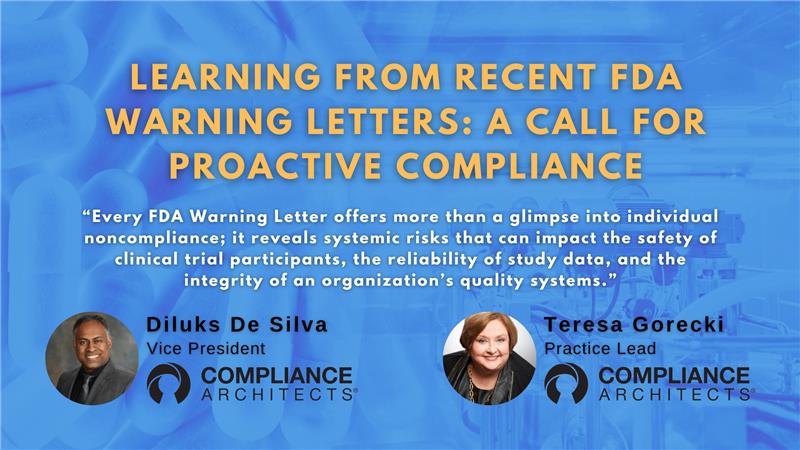
The following entry is an excerpt from a LinkedIn post that I responded to today. It pertains to FDA’s authority to take photographs during inspections, in light of FDA’s new, final “Guidance for Industry on Circumstances That Constitute Delaying Denying Limiting or Refusing a Drug Inspection“, dated October 2014. The subject of the LinkedIn post was: “Lawyers question legality of photography statements in new FDA Guidance on denying, delaying Inspections. “ The post can be found in LinkedIn’s FDA Inspections Group discussion thread.
The discussions focused on what to do or what to consider when an FDA investigator attempts to take a photograph. A number of comments mentioned having appropriate procedures in place to direct inspection conduct. A few comments in the thread addressed the FDA’s authority to take pictures during inspections. My comments to the thread are as follows:
[su_quote]Tread carefully here. Although it is certainly important and strongly advised to have procedures for inspection management, the thought that you can possibly procedurally “restrict” an FDA’ investigator’s lawful activity through procedural development is dangerous at best. Imagine for a minute that you had a procedure that stated that, e.g., “no third party may view manufacturing operations other than during a period from 11 AM to 1 PM”, or, that “no-one except fully-trained, full-time employees of Company are permitted in the manufacturing areas.” Clearly these are in conflict with FDA’s statutory authority, and reliance on these for non-access would be, well, not very smart. The question here is: do the applicable statutes and interpreting case law, along with notice and comment rule-making, along with this Guidance, provide FDA with the authority to take pictures during inspections? FDA clearly thinks it does. Current caselaw is based on situations outside of the FFDCA. I heard a recent statement at the FDAnews Inspections Summit by the FDA that they are itching for a fight on this, and would welcome a legal challenge — which would actually solidify their authority and probably make the practice much more prevalent.
My personal opinion and recommendation on this is the following:
- Choose your battles with an Investigator — is this picture they want going to reveal State secrets? Honestly, there’s often not much exciting in manufacturing pictures that are of much use to anyone competitively, IMO.
- Ask the investigator WHY they want the picture — what point — deficiency — are they trying to document? What system or practice are they concerned about. Where does this fit in their overall set of concerns. Ask them if there is another way you can help them with their objective WITHOUT taking a picture. Understand their needs, that a picture may be worth a 1,000 words, and perhaps this is not a big deal.
- Look at the subject of the picture objectively and understand the underlying issue and the context of the inspection “atmosphere” to that point. Are they “gunning” for a significant enforcement action, or is this really just to help the Investigator do their job. Don’t make a big issue about something that isn’t a big issue.
- Allow them to take the picture (since they likely have the authority to do so IMO) and make sure you take an exact copy of the picture (request they provide you with a copy) with your own camera for later assessment and analysis of significance.
- Finally, make sure you have reviewed this information with counsel BEFORE an inspection occurs and understand their best recommendations as to what to do in the event of an issue. This is not 100% settled law (otherwise we wouldn’t be discussing it), so your counsel’s advice is critically important.
Good luck, and be careful out there… [/su_quote]
For assistance with this andother challenging aspects of FDA inspections management, please contact Jack Garvey at john.garvey@compliancearchitects.com or at 888-REG-XPRT.





